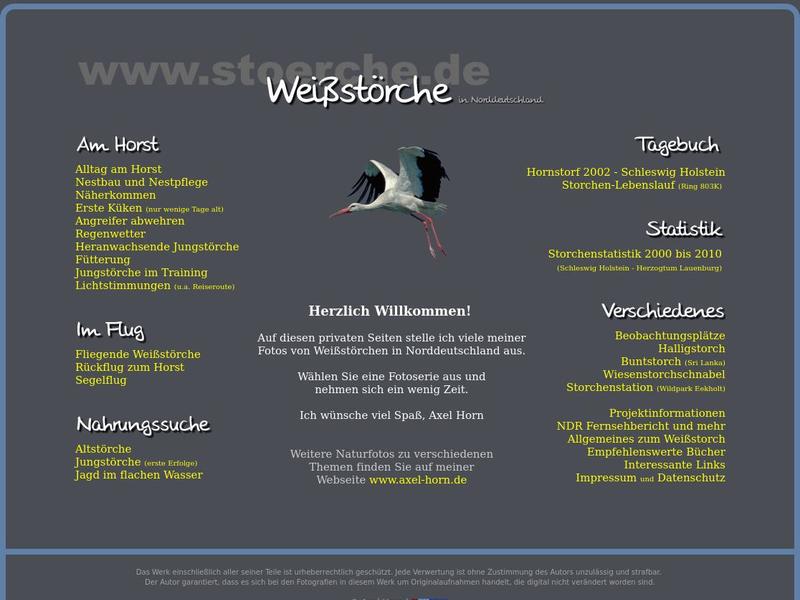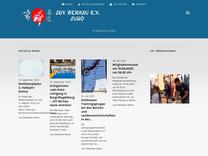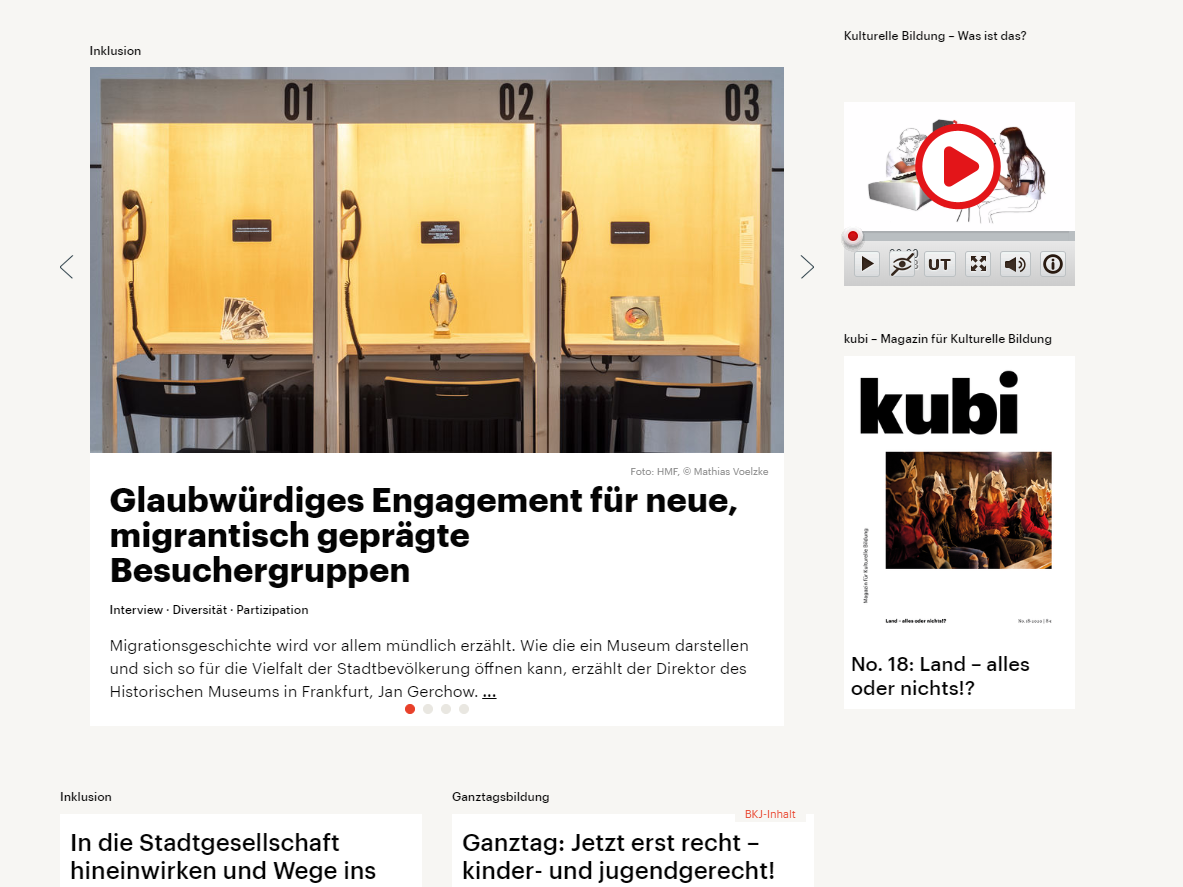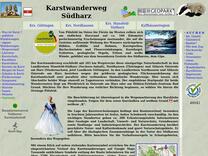Unter den Talaren Muff von 1000 Jahren – Studentenbewegung in Hamburg – Geschichtsbuch Hamburg https://geschichtsbuch.hamburg.de/epochen/sechziger-jahre/unter-den-talaren-der-muff-von-1000-jahren-studentenbewegung-in-hamburg/
Hannah Rentschler Mitte der sechziger Jahre bildete sich an den Hochschulen der BRD eine Studentenbewegung. Ausgangspunkt für die Proteste der …
Bei den Protesten am Hamburger Axel-Springer-Verlagshaus im April 1968 kam es zu Gewaltausbrüchen In










